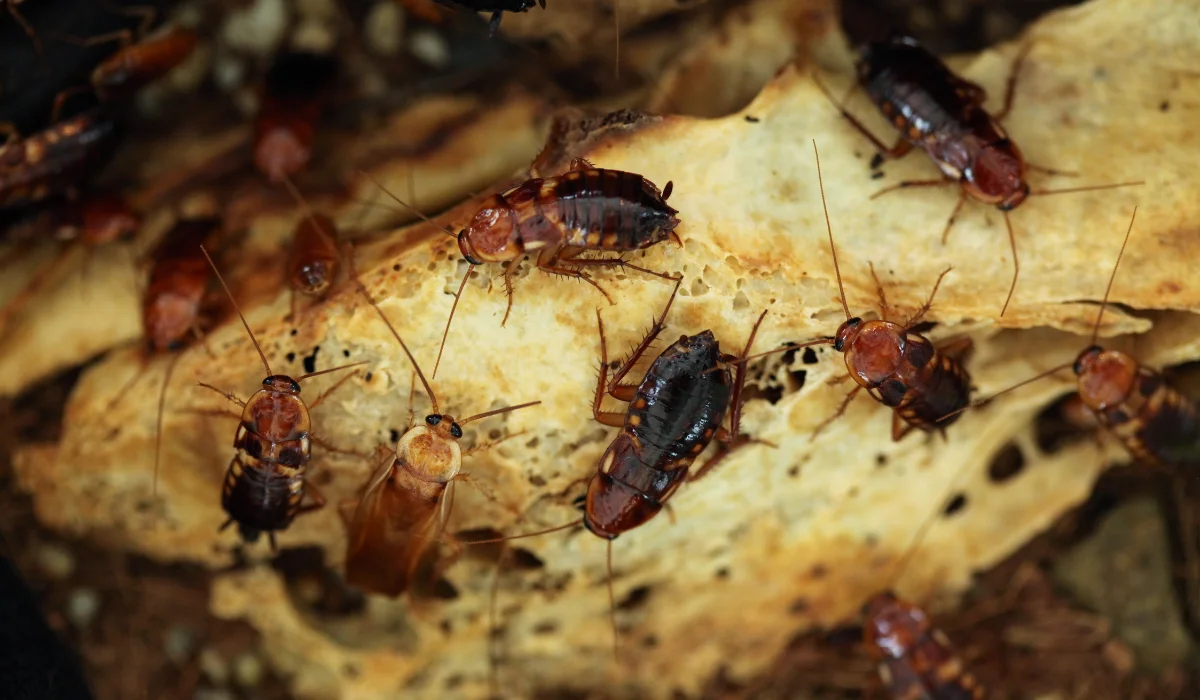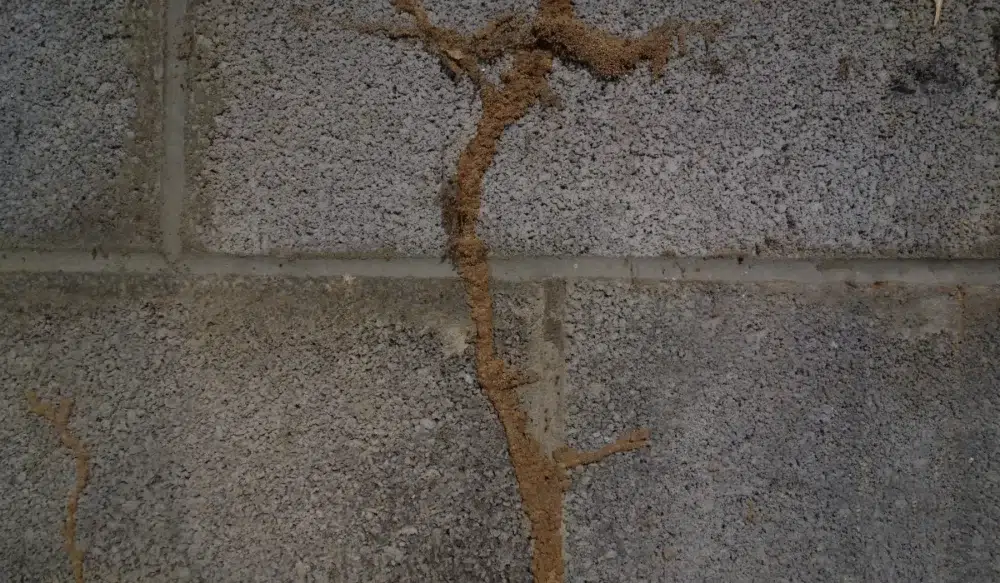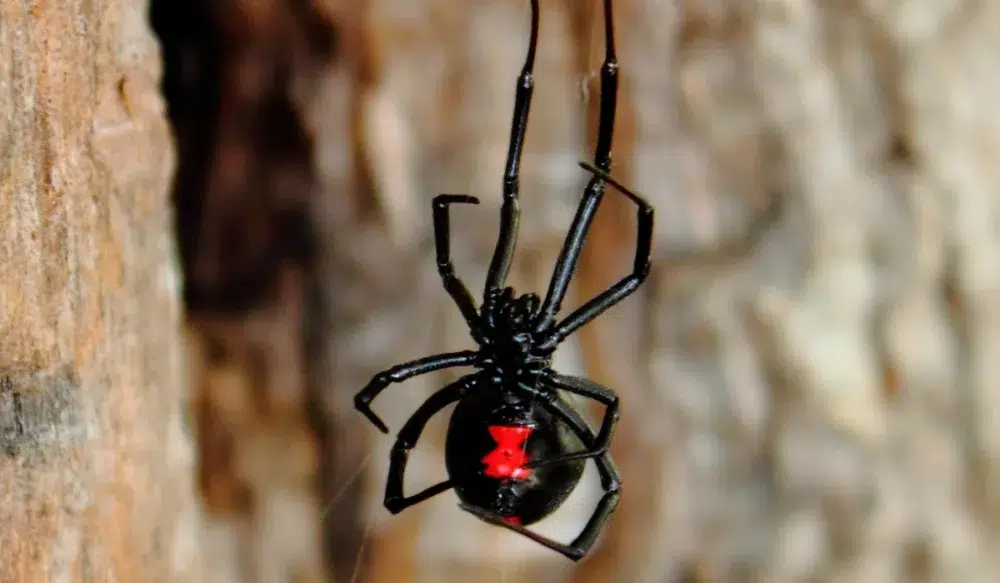Few things are more unsettling than spotting a small cockroach or nymph skittering across your floor. If you live in Chandler, chances are you’re seeing brown-banded cockroaches or another common cockroach that thrives in warm, dry climates.
A single small roach sighting often means there are large numbers hidden behind your walls or appliances. That’s when a minor roach problem can escalate into a full-blown infestation.
Let’s break down exactly what you should do next and how to keep your home roach-free for good.
Key Takeaways
- Different cockroaches hide in different places, so knowing what kind you have helps you treat them effectively.
- Roaches need food and water, so homeowners should clean up well and store everything in sealed containers.
- Cockroach baits and traps work better when you understand the cockroach life cycle and place them in the right spots.
- Professional pest control is the best option when roaches keep showing up, no matter what homeowners try.
Identify the Type of Cockroach in Your Home
Before anything else, knowing the exact species of cockroaches in your home helps you treat the problem. Here’s a quick breakdown of the most common ones:
| Cockroach Species | What You Should Know |
|---|---|
German Cockroach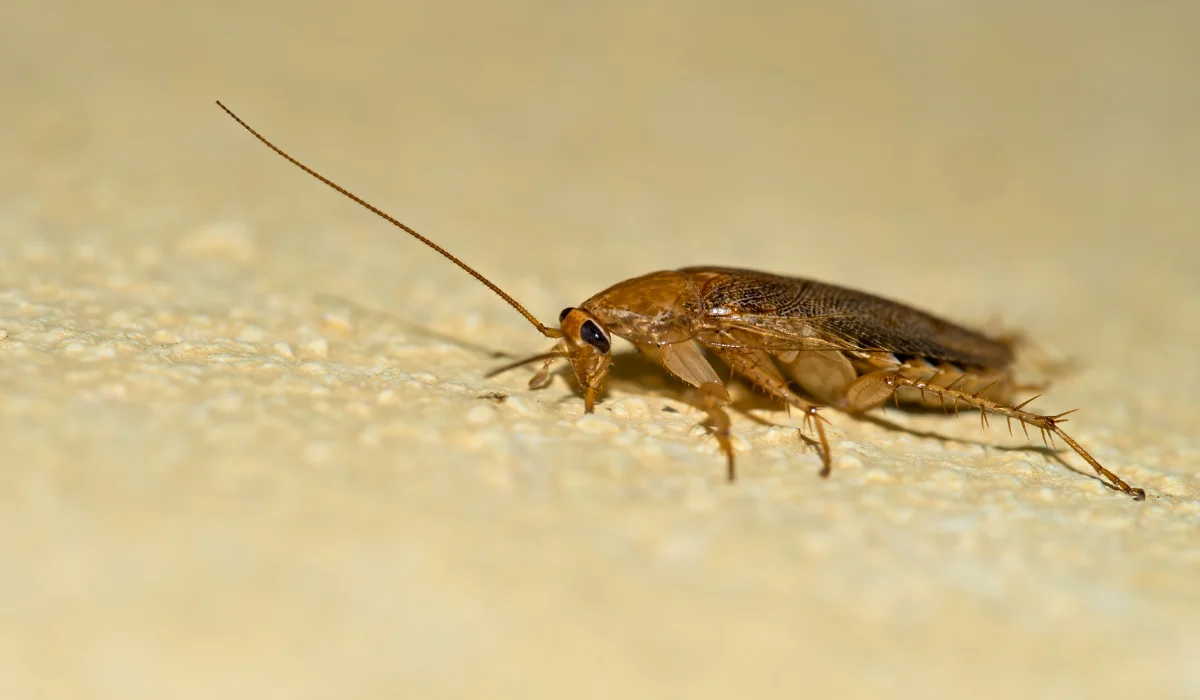 |
Light brown with two dark stripes on their pronotum. Found in crevices near countertops and appliances. |
Brown-Banded Cockroach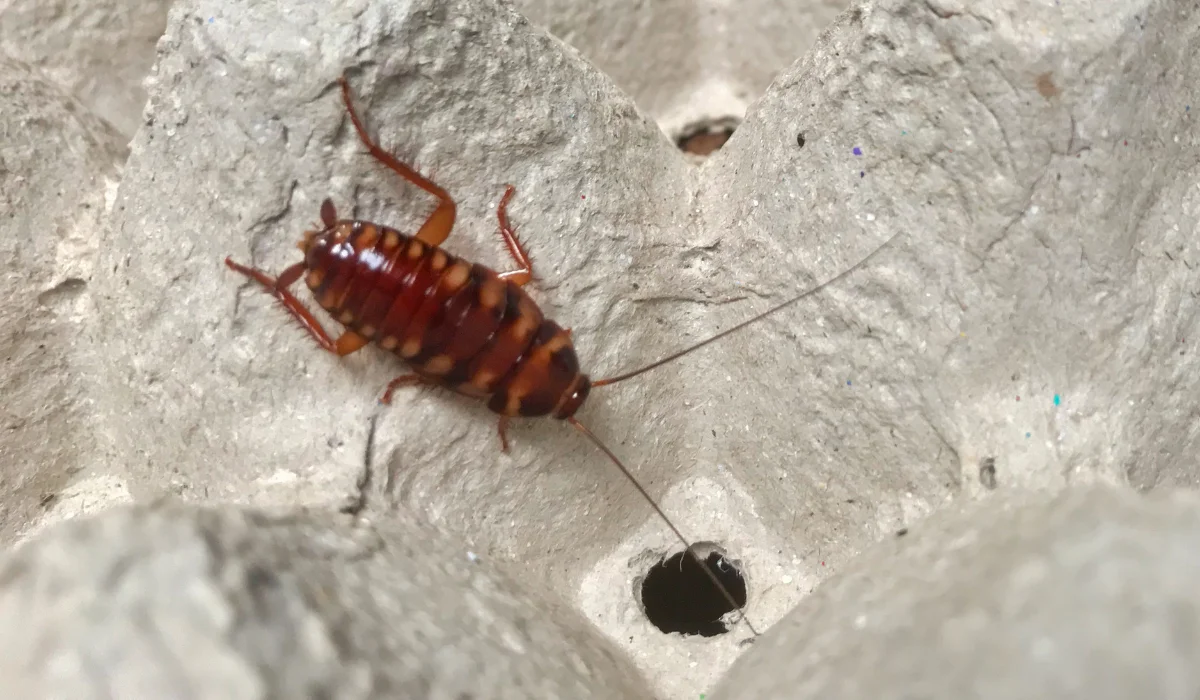 |
Smaller with light bands across wings. Prefers dry areas like cabinets and electronics. |
Oriental Cockroach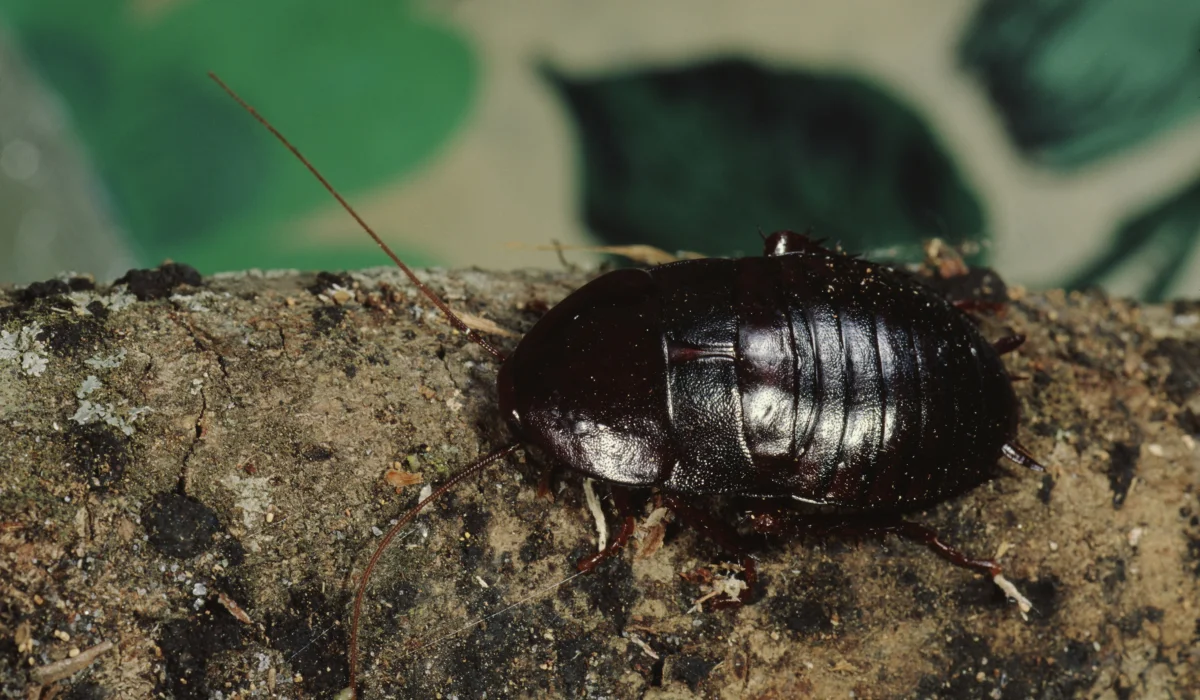 |
Dark brown to black. Likes cool, damp places, often in basements, bathrooms, and laundry rooms. |
American Cockroach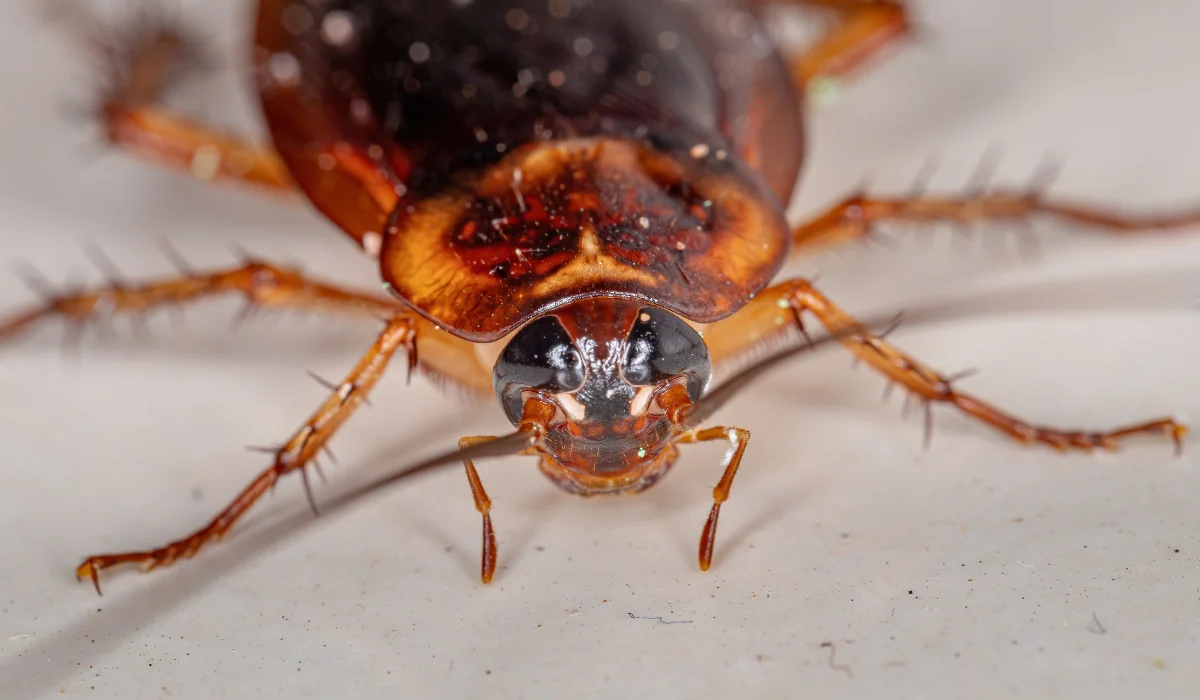 |
Large and reddish-brown. Seen in garages and warm, humid areas. Can fly. |
Cut Off Food and Water Sources
Roaches are scavengers and will eat just about anything, from grease splatter to crumbs behind your oven. If you’ve got exposed pet food, sugar on your countertops, or cereal boxes in the pantries, they’ll find it.
Make sure you:
- Store food in sealed containers
- Clean dishes and wipe up spills before bed
- Take out trash daily and use sealed bins
Even minor lapses in sanitation can provide enough food sources to sustain a colony.
Remember: they’re most active at night, so the mess you don’t clean up by bedtime becomes their buffet.
Block Entry Points and Roach Hideouts
Arizona homes, especially those with stucco exteriors and slab foundations, often have small entry points that roaches use to get inside.
Check around windows, baseboards, and pipe access points. Use caulk to seal cracks, especially in areas like bathrooms, kitchens, and garages.
They prefer dark, tight hiding places like cardboard boxes, wall voids, and the gaps behind your fridge.
While sealing gaps won’t get rid of existing roaches, it keeps new ones from entering and encourages the ones already inside to emerge.
Treat the Cockroach Infestation With Baits and Traps
Now it’s time to start eliminating the pests. Roaches are social insects with a defined life cycle, and targeting that cycle is key to lasting results.
Place gel bait near their usual haunts, under appliances, inside cabinets, or along baseboards. Use bait stations in areas where you’ve seen activity.
Sticky traps can help you track where they’re most active and monitor whether your treatments are working.
For a natural approach, sprinkle diatomaceous earth in cracks and around appliances. It damages their exoskeleton, causing them to dehydrate.
You can also use boric acid sparingly in wall voids and hard-to-reach areas. Just avoid placing it where pets or kids can reach.
Minimize the use of aerosol sprays. These can scatter roaches and push them deeper into walls, especially in homes with heavy infestations.
Clean Up Roach Traces and Reduce Allergen Risk
Roaches leave behind droppings, feces, egg casings (oothecae), and even antennae or skin sheds as they molt. All of these contribute to indoor allergens that can trigger asthma and other respiratory issues, especially in children.
Vacuum regularly, wipe down surfaces, and dispose of contaminated materials safely. This not only improves air quality but also removes the scent trails they use to navigate your home.
Know When to Call a Professional Pest Control
For homeowners, there’s plenty you can do on your own. But if you’ve tried everything and you’re still seeing signs of an active infestation, it’s time to call in a professional exterminator.
Roaches are resilient and smart.
In many cases, DIY methods won’t be enough, especially with aggressive breeders like German roaches.
At Green Home Pest Control, we offer professional roach control services backed by years of local experience. Our team uses Integrated Pest Management methods tailored for Arizona homes.
Plus, we’re ready to act fast. We offer same-day and next-day service in Chandler, and all our treatments are family- and pet-safe.
Call today to schedule a free inspection and get your custom cockroach control plan started, before they become a big problem.
RELATED: How To Identify And Eliminate Baby Cockroaches In Your Arizona Home
RELATED: What Attracts Roaches To Arizona Homes In The Summer?
